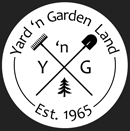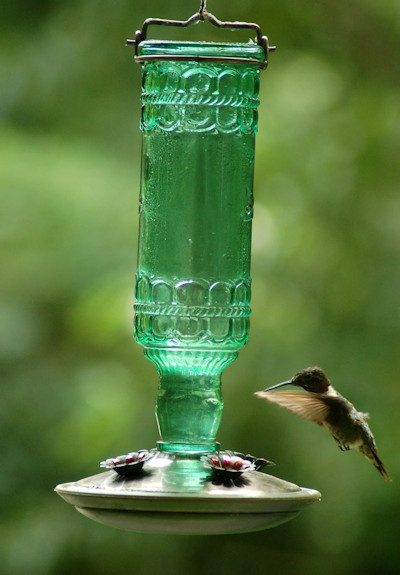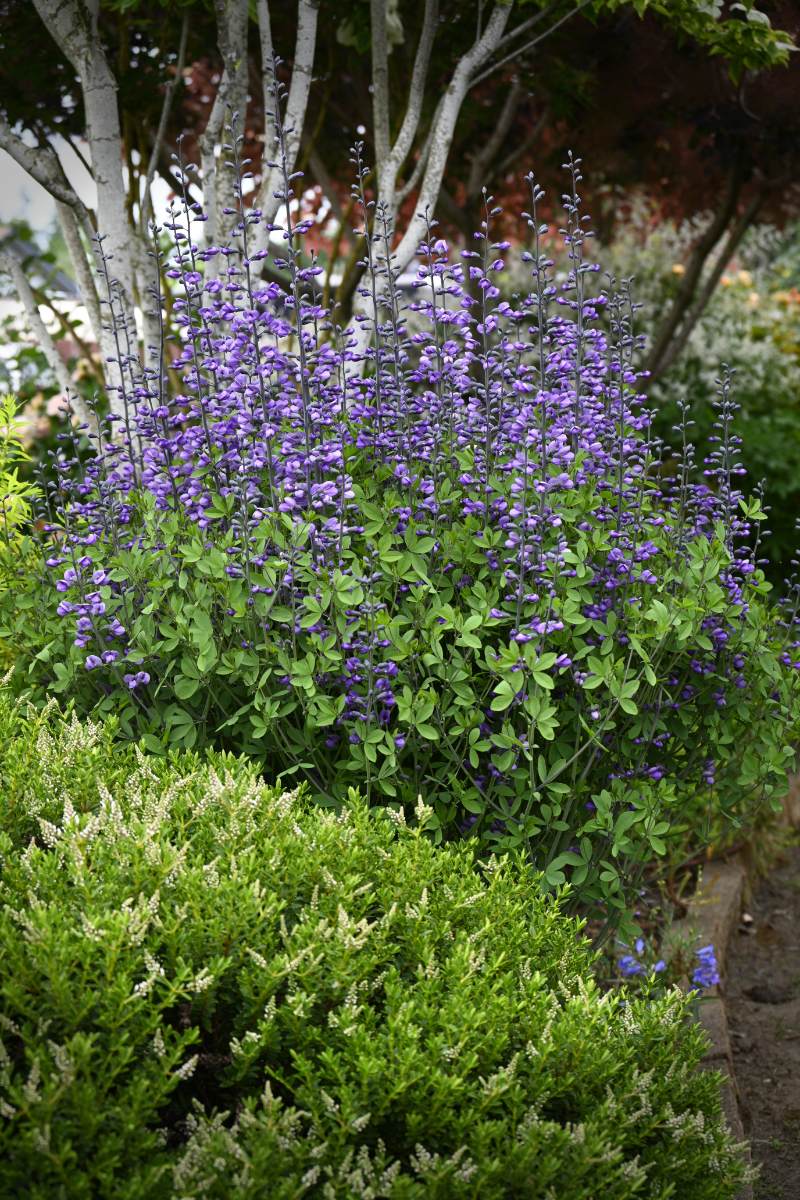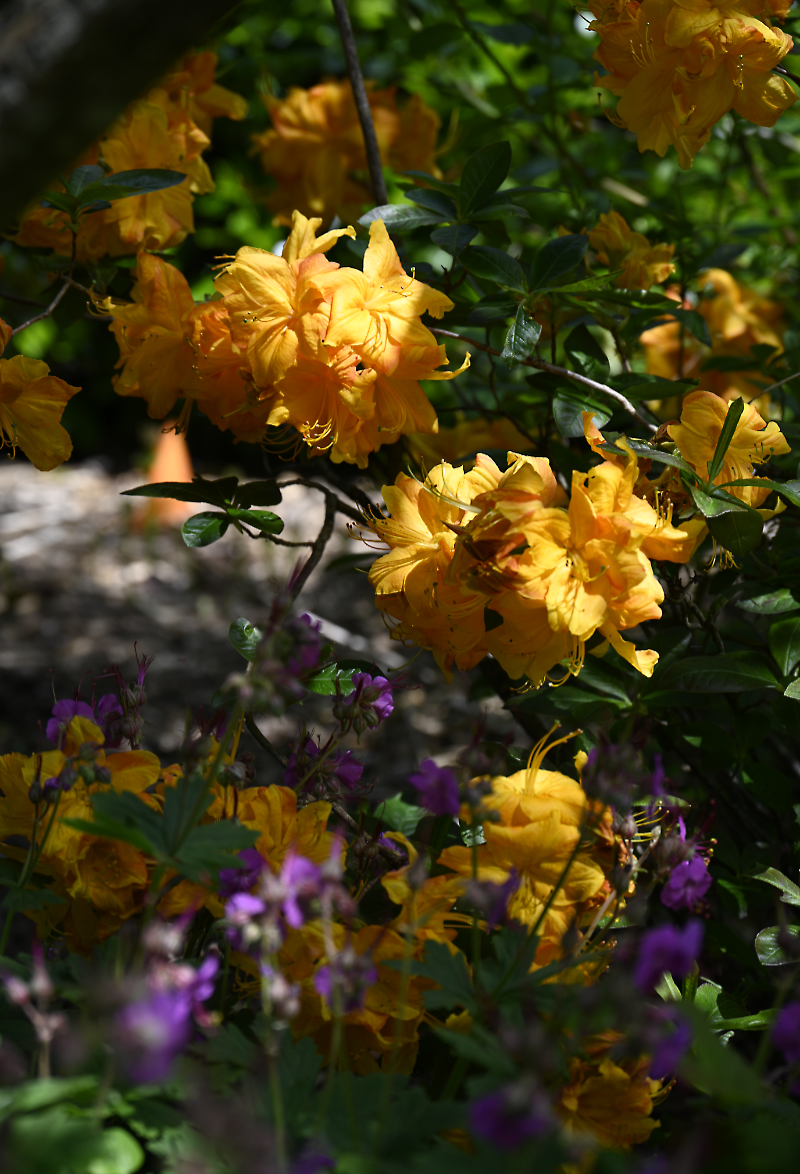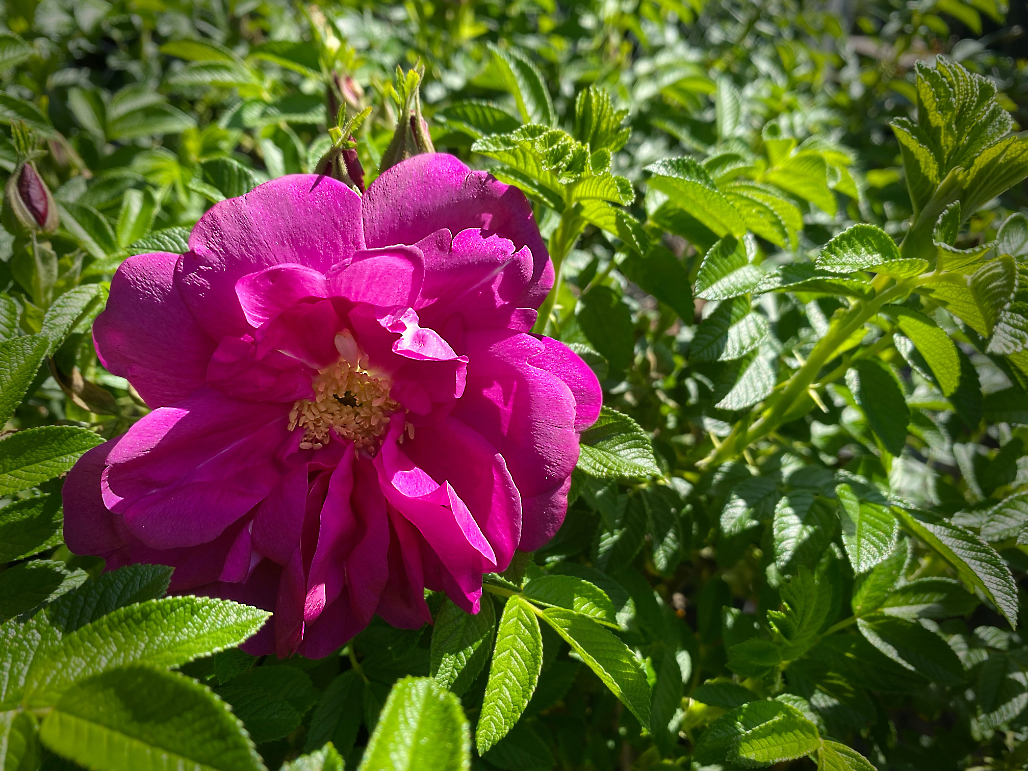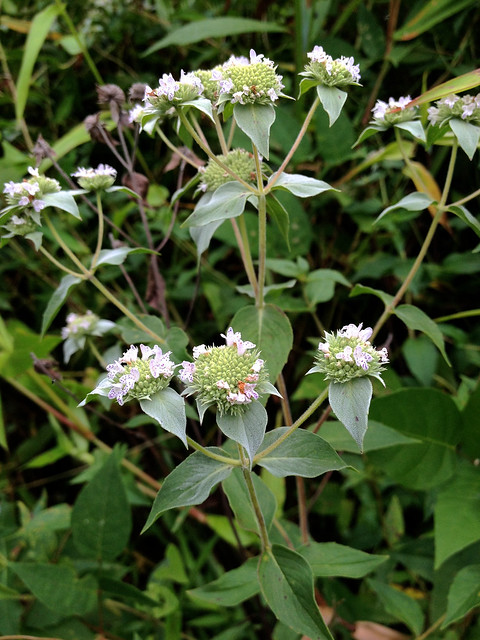Feeding hummingbirds during the winter
Many birds migrate for the winter but there is one hummingbird that stays in our region all year long. It is the Anna’s Hummingbird. Males have green feathers with a red or pink throat and crown that is iridescent when lights hits it. The females have green feathers on their backs and are grayish-white on their undersides and along the throat area.
Hummingbirds eat insects and plant nectar which isn’t as abundant during the winter months. Well-stocked feeders that are frequently cleaned will ensure that the hummers stay in your garden.
Hummingbirds use a tremendous amount of energy and are constantly feeding themselves to maintain that energy. At night, they go into a state called “torpor” in which their heart rate dramatically decrease. As daybreak, they are usually back at the feeder ready to begin a new day.
Here are some tips –
- Use a mixture of sugar and water – one part sugar to four parts tap water. Heat the mixture until the sugar dissolves. Allow it to cool before putting it in the feeder. You can refrigerate extra nectar up to one week. Only use regular white sugar. Other sugars, like brown or organic, contain iron which is harmful. Avoid using food coloring. The birds will be attracted to the colors on the feeders.
- Feeders come in all shapes and sizes. Larger feeders are not necessarily better – in fact, they take longer to empty and mold and bacteria can begin to develop. A variety of small feeders placed throughout the garden is your best bet for attracting a number of hummingbirds. As you have probably witnessed, these birds are aggressively territorial and chase others away. Having multiple feeders makes a big difference.
- Keep feeders clean as harmful bacteria will develop. In warm weather, feeders must be cleaned more often than during the winter. Clean them every 4-5 days. A 1:2 solution of vinegar (or hydrogen peroxide) and water is recommended. You can also use bleach (just a few tablespoons) but be very careful about rinsing it thoroughly. Bleach can be harmful if ingested. Use a brush to get into the nooks and crannies of all parts of the feeder.
- Ants can be a problem as they too are attracted to the nectar. The easiest way to prevent them from entering the feeders is to place an ant moat over the feeder. Many feeders come with ant moats built in but they are usually insufficient and hard to keep filled with water. Individual moats can be purchased in our gift shop. Keep the moats filled with water and the ants will not be able to proceed any further. You might also see small birds, such as chickadees, use the moats for sipping. Fun!
- Nectar can freeze when temperatures fall below 29. There are several options to prevent this. One is to bring the feeder(s) in at night and have another one ready to go out in its place the next morning. This works well if you are an early riser. Many people have said that using a string of lights will keep the feeders warm enough to avoid freezing. Other methods include insulating the feeder with a fuzzy fabric, hand warmers or plumber’s heat tape. It is also possible to increase your sugar water ratio to 3:1 instead of 4:1. More sugar in the water will not freeze as fast.
- If you’ve ever wondered how many hummingbirds you have, try this experiment. According to bird expert David Sibley, count the number of hummingbirds that you see at one time and multiply by 10. He bases this on the fact that one hummingbird normally visits the feeder about every 30 minutes.
Hummingbirds are amazing to watch and fun to have around the garden. If possible, place a feeder near your window to provide some entertainment during the winter season!
